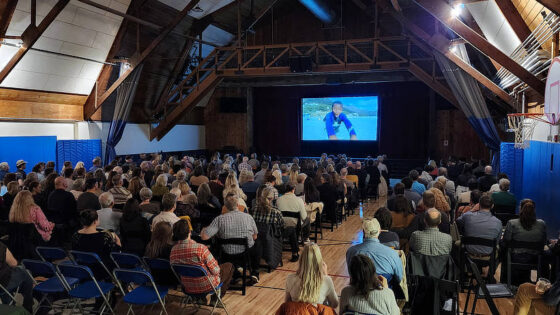During 2017, Stroud Water Research Center provided over 30 EnviroDIY sensor stations to watershed groups working in the Delaware River Basin to support monitoring, education, and outreach. EnviroDIY is a online community for do-it-yourself environmental science and monitoring and is part of the Stroud Center’s WikiWatershed Toolkit.
The sensor stations, equipped with conductivity, temperature, and depth sensors, as well as turbidity sensors, were deployed by the Stroud Center as part of the William Penn Foundation’s Delaware River Watershed Initiative and through an Environmental Protection Agency national model environmental education grant called “Greening STEM Technologies.” The Stroud Center is also providing workshops, guidance materials, and one-on-one assistance to watershed groups in managing the stations and data that are produced.
The foundation of the sensor stations is the Mayfly Data Logger board, which logs all data produced by the sensors and transmits it via cellular networks to a website where the data are automatically graphed and can be downloaded for further analysis.

During the recent and historic cold snap, the sensor stations allowed watershed groups to identify a number of ecologically important occurrences: many streams and rivers froze, while a few remained nearly ice-free. The continuous and real-time temperature data from the sensors allowed for easy comparison among these streams and will support future analyses.

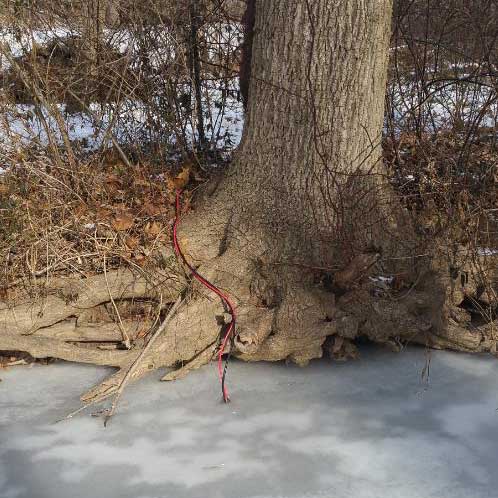
The sensor stations have also been used recently for improving our understanding of the issue of salt pollution in streams and rivers (see Freshwater Sources Less “Fresh” from Greater Salt Use, Scientists Say). With recent snow and ice, as usual, lots of salt and brine was spread on roads and parking lots throughout the region. During thaws and rain events, this salt is carried into streams where it can have chronic and sometimes acute effects on biological communities. Conductivity is a measure of the ability of water to conduct an electrical current and is directly related to amount of material (ions) dissolved in the water, meaning that conductivity rises as salt enters the water. Wintertime increases in conductivity in streams throughout the Delaware River Basin have been recorded by the sensor stations and, as expected, have been most pronounced in urban areas with prevalent paved surfaces that are treated with road salt.
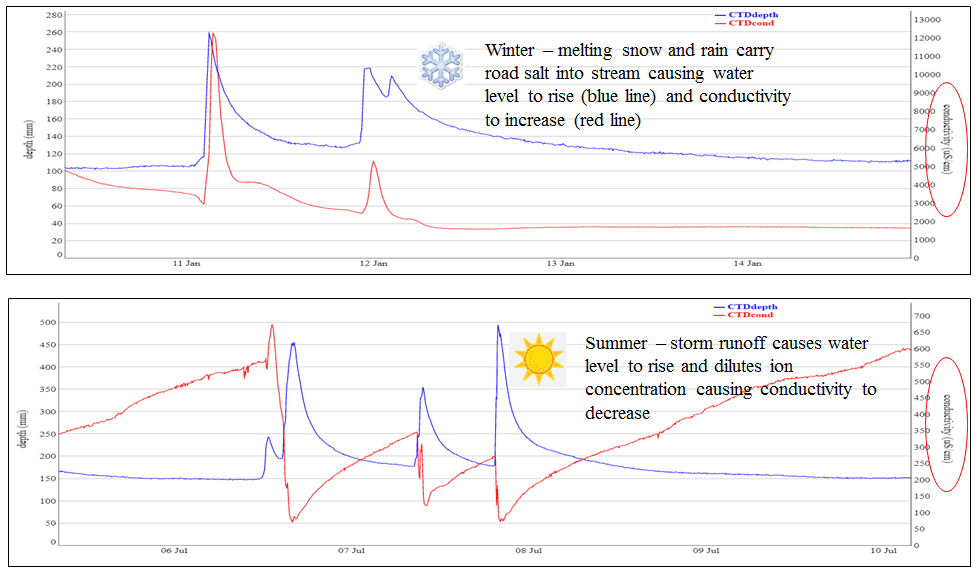
To confirm salt levels in streams during the winter, samples are collected for laboratory analysis at times when salt is entering the stream (i.e., when conductivity is spiking). Because the sensor station data are in real time, it has made timing of the collection of samples much easier. Groups can monitor the data in real time, and when they see conductivity rising, they can head to the stream to collect a sample.
Data from the Delaware River Basin sensor stations have shown extreme increases in conductivity after snow and ice melts and winter rains this winter. In several urban and suburban streams, conductivity levels have risen to be 20-60 percent as salty as ocean water (over 30,000 µS/cm).
The Stroud Center, along with watershed groups throughout the Delaware River Basin, will continue to develop a better understanding of wintertime ecology in streams of the region through use of the EnviroDIY sensor stations.
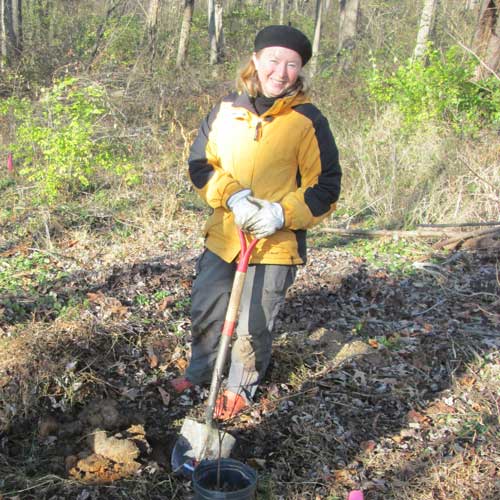
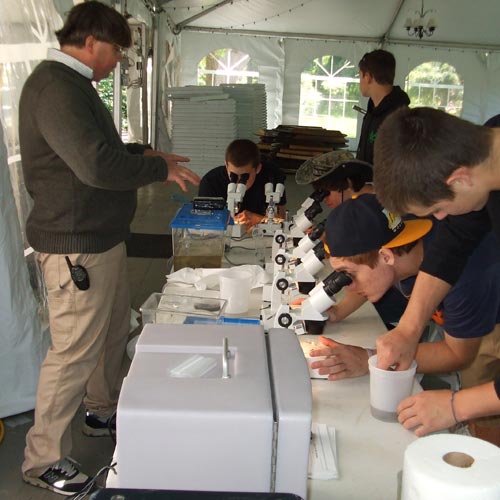
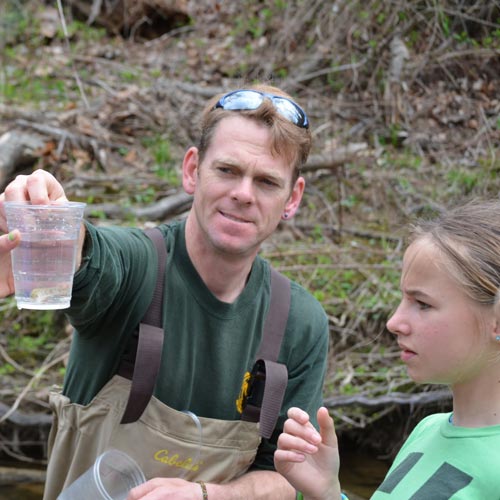
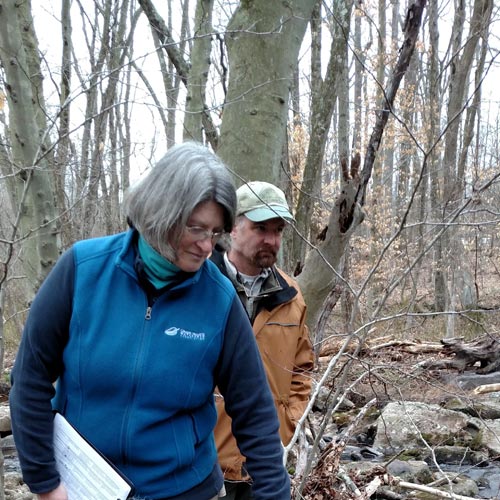
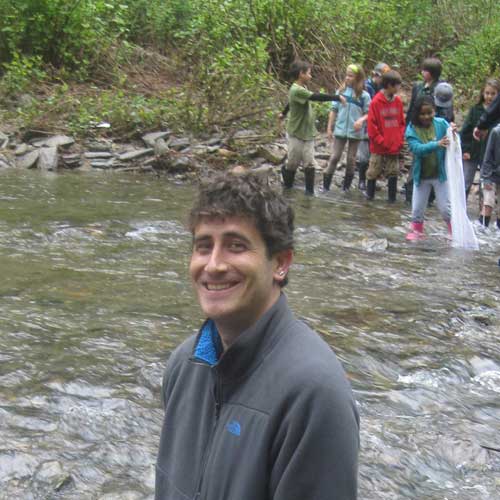
Have you found some great ways to reduce or eliminate salt on your paved areas this winter? Please share them with @stroudcenter on Facebook or Instagram!



